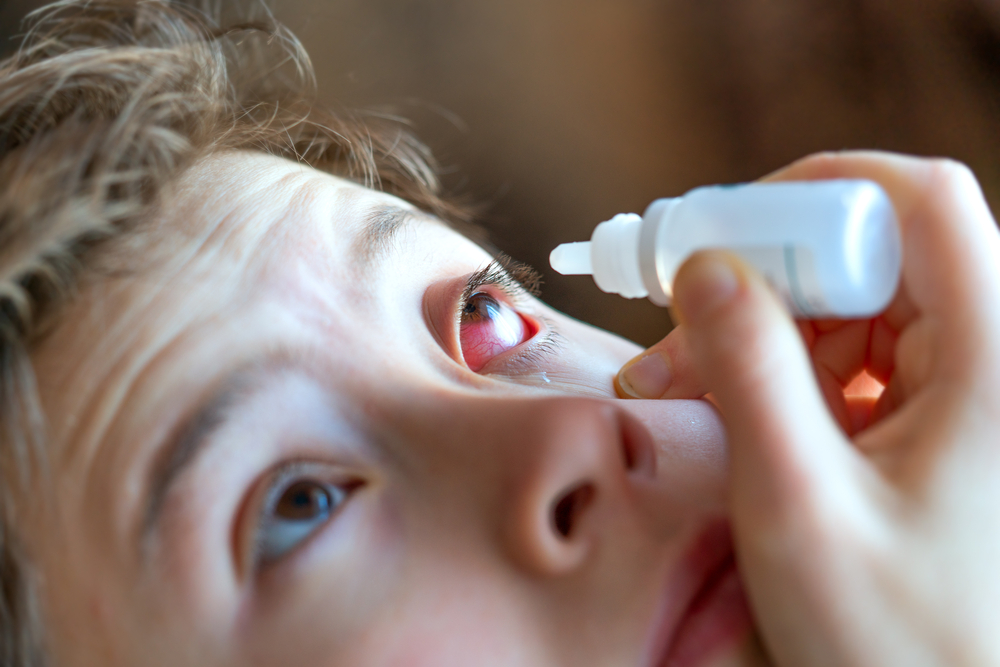Article by Home Doctor Cairns Team
If your child has red, crusty, or irritated eyes then they might have conjunctivitis.
Conjunctivitis (also known as pink eye) is an extremely contagious eye infection or inflammation. As school yards and childcare centres are havens for bacteria and many viral illnesses it’s difficult to stop conjunctivitis in kids.
How do I know if my child has conjunctivitis?
The symptoms of conjunctivitis are very distinctive and irritating. When your child is suffering from conjunctivitis the whites of their eyes may be red due to inflammation of the conjunctiva (the clear membrane that covers the whites of your eyes and inner surface of your eyelids).
Keep on the lookout for any of the following signs:
- Redness, swelling, or excessive tears and weeping from the eye.
- A gritty, gunky, or pus-filled discharge coming for the eye that becomes a crust overnight.
- An itchy feeling around the eye area.
These symptoms usually develop within 24 to 72 hours of contracting the virus or bacteria and last from two days to three weeks.
Why is conjunctivitis so contagious?
Conjunctivitis is highly contagious when caused by a bacterial or viral infection. Other types of conjunctivitis aren’t contagious, including eye inflammation caused by allergies, irritants, or a foreign body.
Viral and bacterial conjunctivitis is spread through direct contact with conjunctivitis discharge and contaminated fingers or objects. When your child holds hands, shares toys, and interacts with other child at school or child care they are likely to develop conjunctivitis.
Conjunctivitis is very common in children under five, as they are constantly playing and sharing with each other. In infants, conjunctivitis can be caused by a partially open tear duct.
It’s important to know that your child will be contagious until there is no longer discharge coming from their eye.
What do I do to treat it?
All types of conjunctivitis require different treatments.
Viral conjunctivitis
There is no treatment for viral conjunctivitis as it goes away with time. Gently cleaning your child’s eyes with cotton balls soaked in warm water can help reduce the discomfort caused by the infection.
When you’re doing this make sure you only ever clean in one direction and throw away the cotton ball away after each time to avoid reinfecting the eye. Also, never clean inside the eyelids as this can damage your child’s eye.
Bacterial conjunctivitis
If your child has contracted this kind of conjunctivitis they will need antibiotic ointment. This ointment should be applied to both eyes, even if only one eye is showing signs of infection.
Allergic conjunctivitis
Irritated, inflamed, and sore eye cause by allergies can be treated using hay fever or allergy medications, such as antihistamines.

Do I need to call a doctor?
Bacterial conjunctivitis can be diagnosed by a pharmacist, who can then give you antibiotic ointment over the counter. However, if your child is below the age of five we would recommend you see your regular GP or call a house call doctor if it’s outside of business hours.
How can I avoid spreading conjunctivitis in kids?
To help stop the spread of conjunctivitis in kids encourage your child to always wash their hands regularly with warm, soapy water. If you’re child has conjunctivitis symptoms make sure they stay home and away from other kids.





